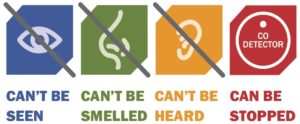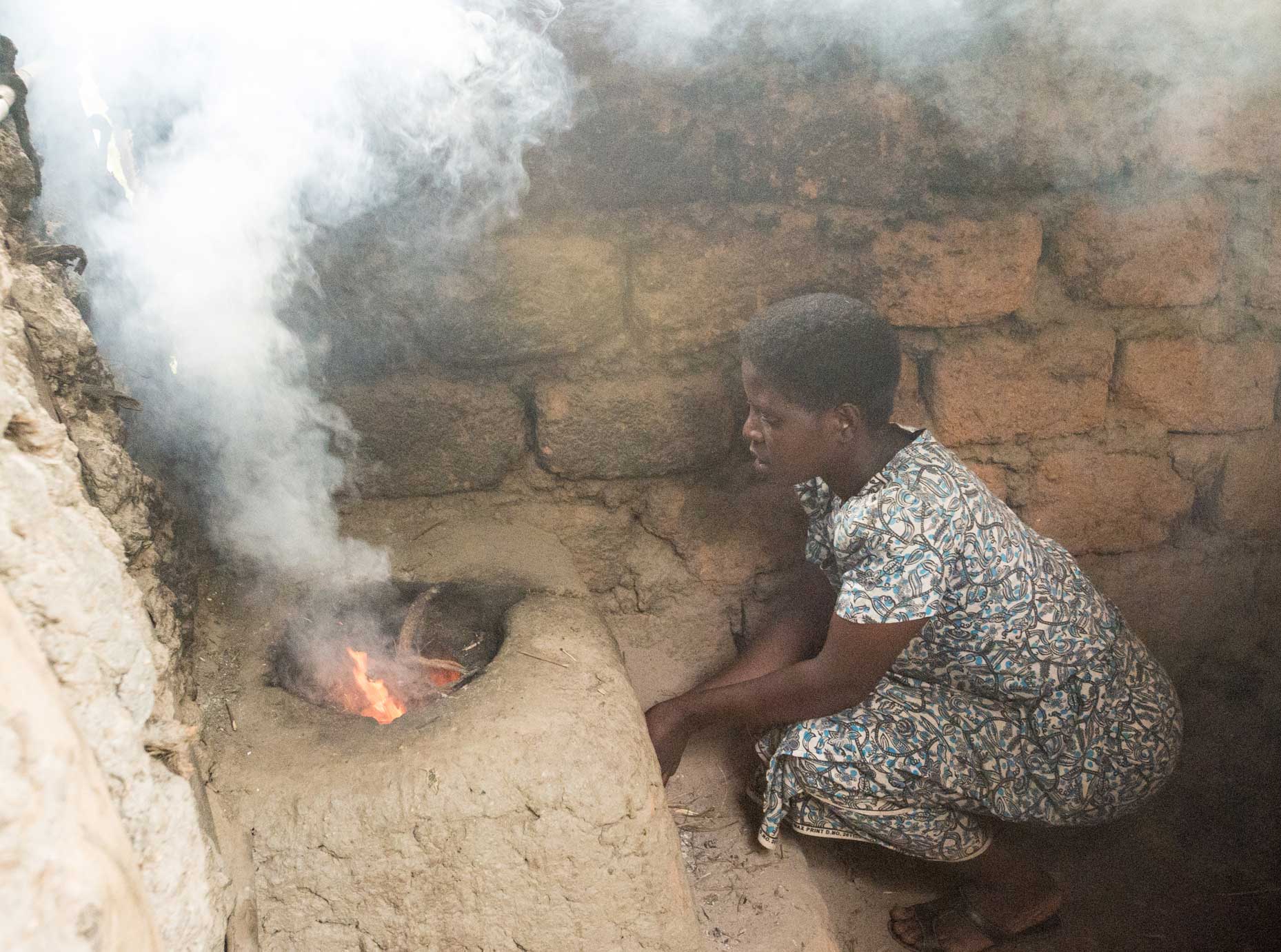WEST LONG BRANCH, N.J. – Odds are, you have been to a bonfire at least once in your life. If so, you know what it’s like to accidentally inhale a black cloud of smoke that clogs up your airways. What you probably didn’t know is that those clouds can be extremely detrimental to your health.
There are people around the world inhaling that smoke all day, every day. Many people do not have the basic luxuries that we have here in America, such as kitchen appliances to cook food. It is incredibly rare for people in developing countries to possess such things as an oven, stove, or microwave. The majority of them cook on open fireplaces that burn wood and animal waste. According to the World Health Organization (WHO), “approximately half of the world’s population in developing countries still rely on unprocessed biomass fuels in the form of wood, dung and crop residues.”

Cooking all day in those unhealthy conditions can lead to extreme health issues down the road. The WHO explains that in these developing nations, women and children are more susceptible to these health issues because they spend more time cooking than men do. Some of the illnesses linked to poor air quality consist of lung cancer, asthma, chronic pulmonary disease and pulmonary tuberculosis. A shocking statistic from WHO reveals that indoor air pollution is responsible for more than 1.5 million deaths per year, in just 10 developing nations. Some of these countries include the Congo, Ethiopia, and Bangladesh – however, at an even bigger shock, China and India
(two developed nations) are included on the list as well.
Cooking is only one factor that contributes to the degradation of indoor air quality. There are many other pollutants that you can come in contact with you just by walking into a room. Two of the most prominent are carbon monoxide and radon. Other substances such as secondhand smoke, nitrogen dioxide, and lead particles can also be harmful, but they are not as prevalent. Carbon monoxide is an odorless, colorless gas that comes when there is not enough oxygen to make carbon dioxide. It can mainly be found indoors, where there is either a heater being used, or any kind of cooking appliance. According to U.S Green Technology, if exposed to carbon monoxide, you may experience dizziness, confusion, and a fast heart rate. Additionally, if the levels are high enough, it can cause death.

Radon, much like carbon monoxide, is a colorless, odorless gas that can only be detected with a test kit. According to the United States Environmental Protection Agency, radon is the number one cause of lung cancer in nonsmokers. It can be found in rocks, soil or even water – especially in older homes.
Indoor air pollution is a vast problem that exists across the globe. In the US, it is much easier to contain such pollutants because we have access to air conditioners and dehumidifiers, as well as alarms to tell us if a foreign substance has entered our home. In developing nations, however, they do not possess the same type of technology that we do here. Poor nations do not have the funds to afford basic household appliances, so the air quality will always be tainted from cooking on firewood. There is also not a free flow of information in these underdeveloped countries, so the basic health risks that come from indoor air pollution are not understood, nor are any attempts made to combat it. Getting the word out is basically the only way to reach the masses, and if enough people begin to talk about it, there’s a chance that the number of deaths around the world due to this pollution will begin to decline.



